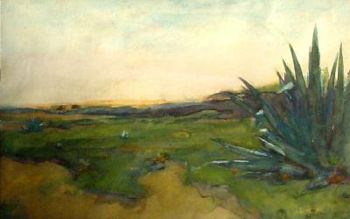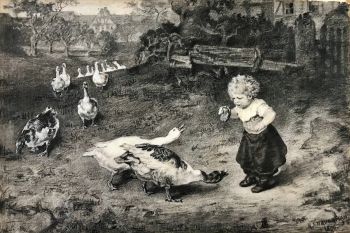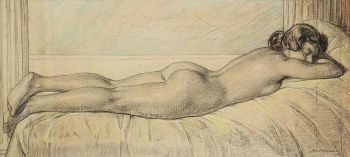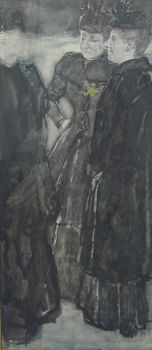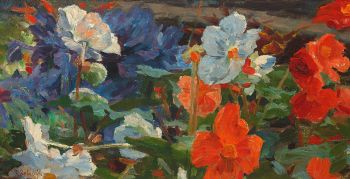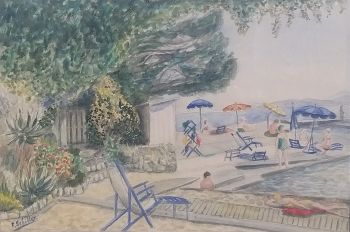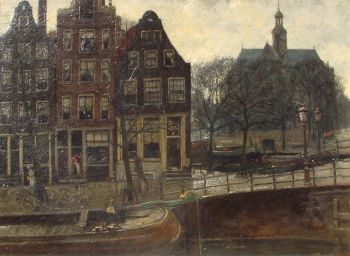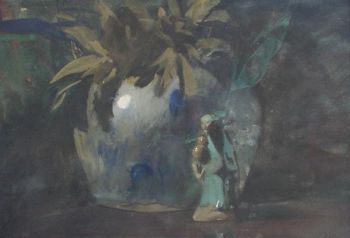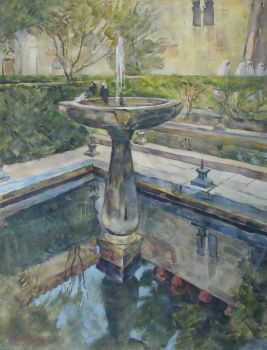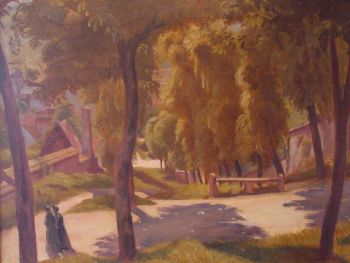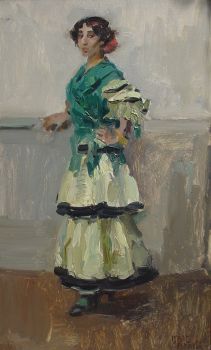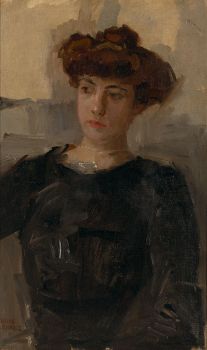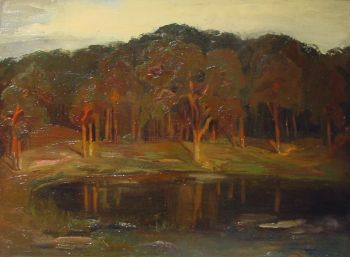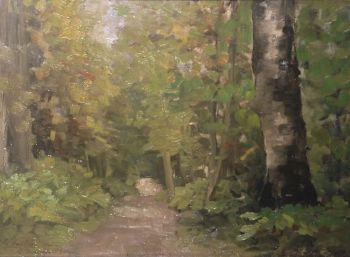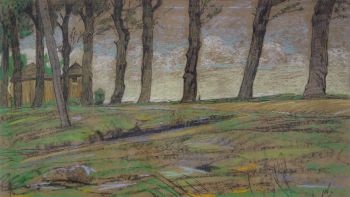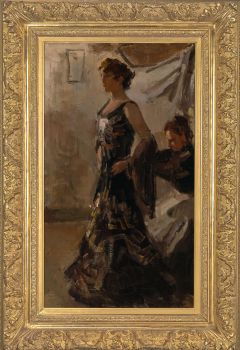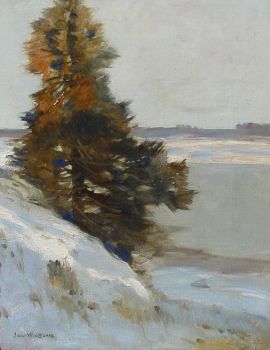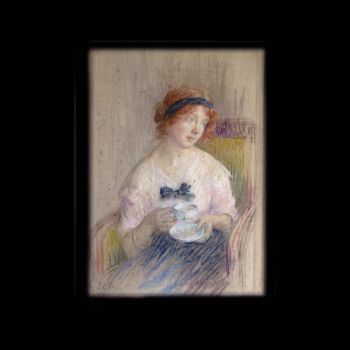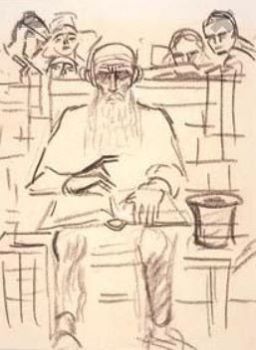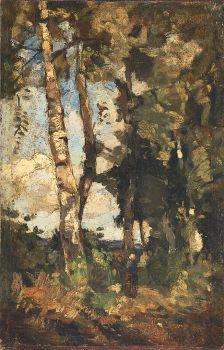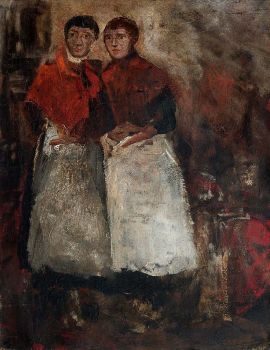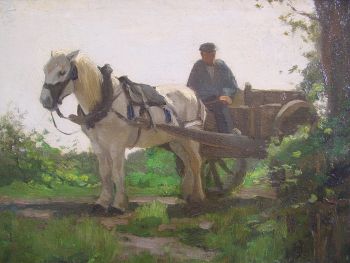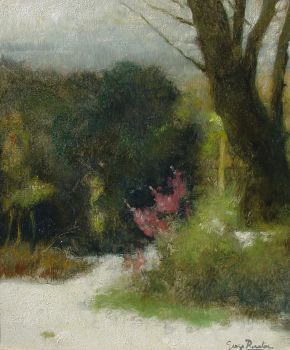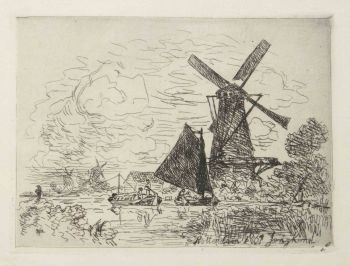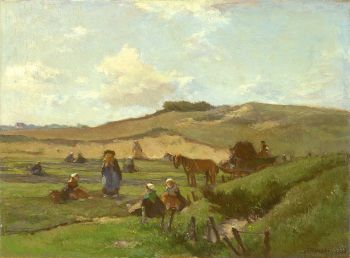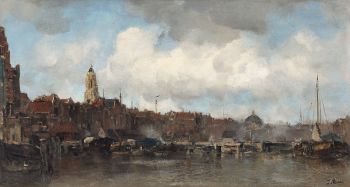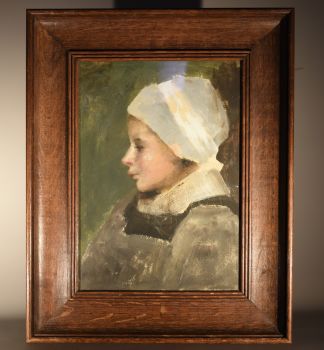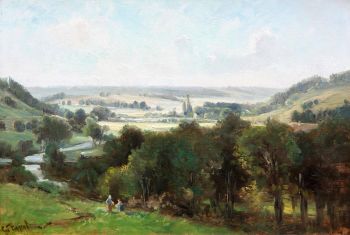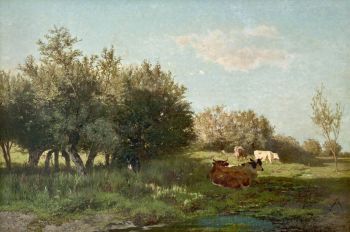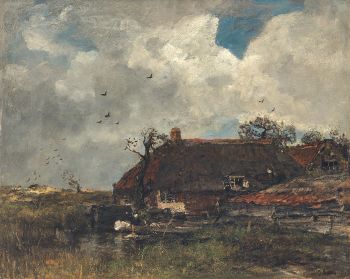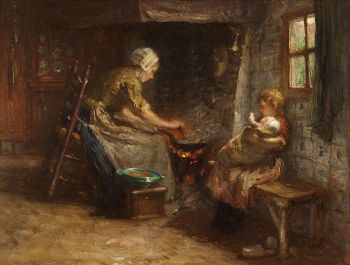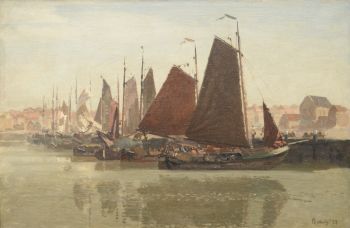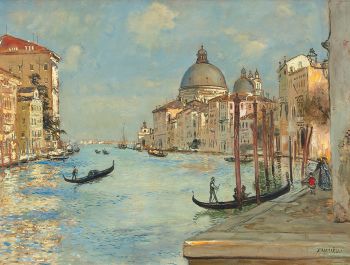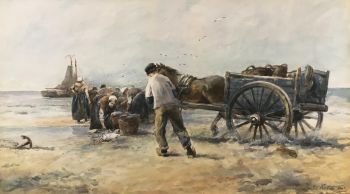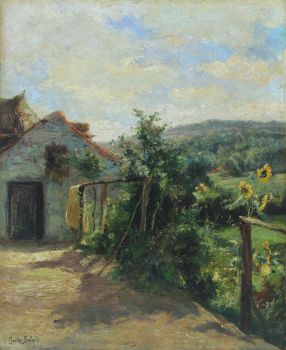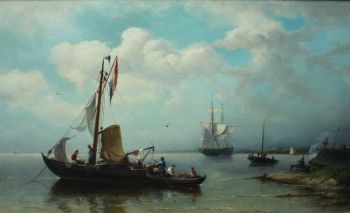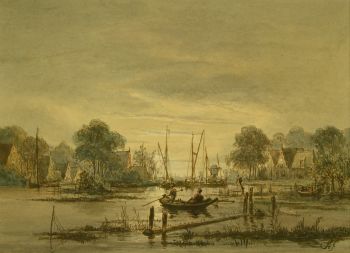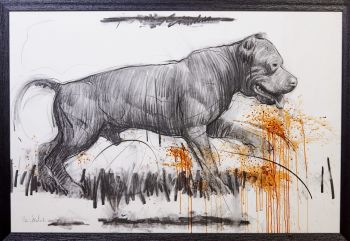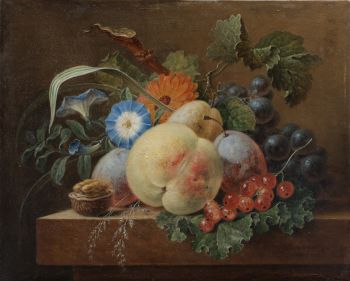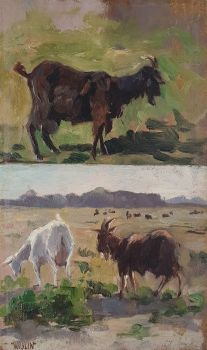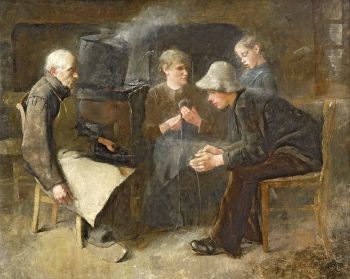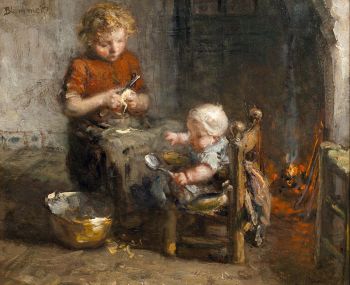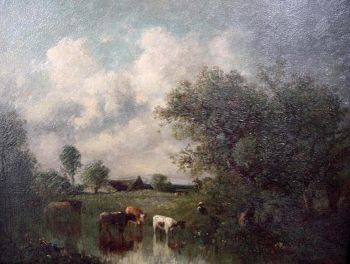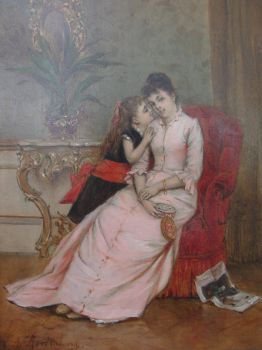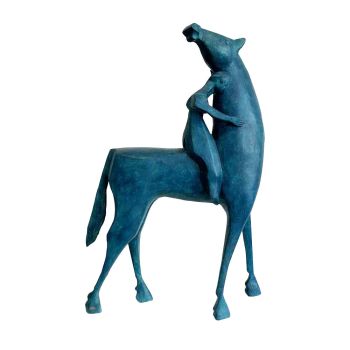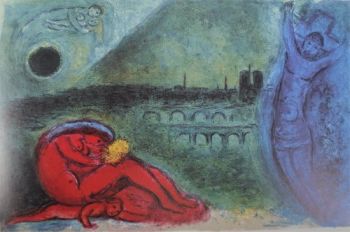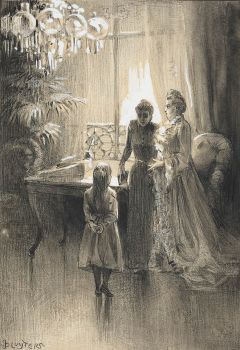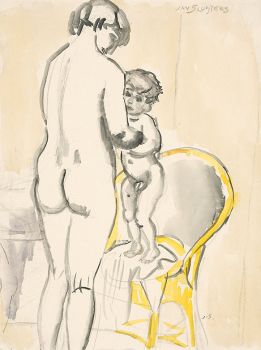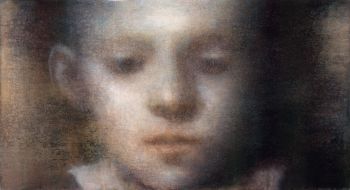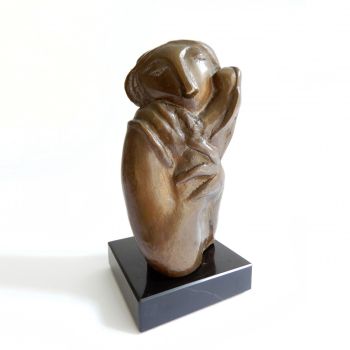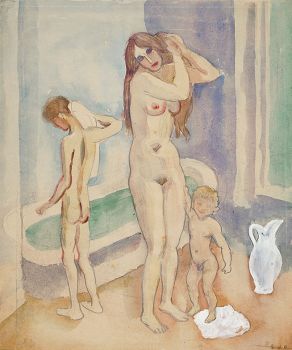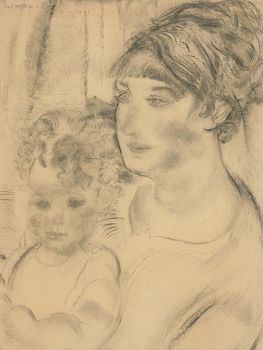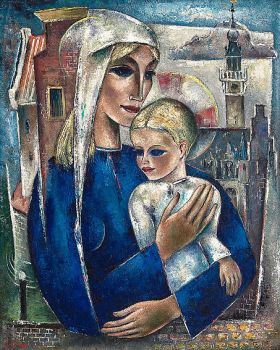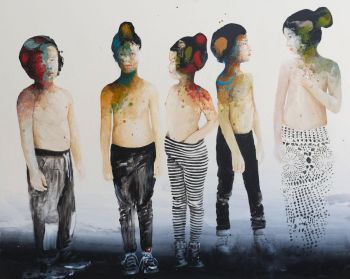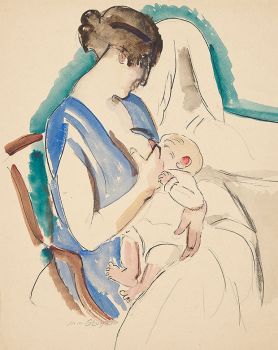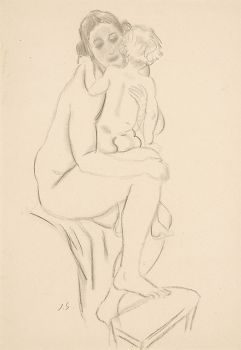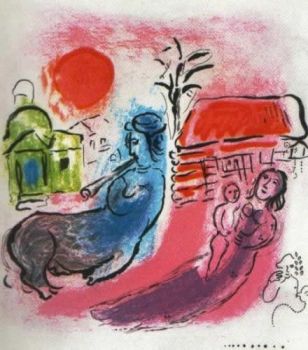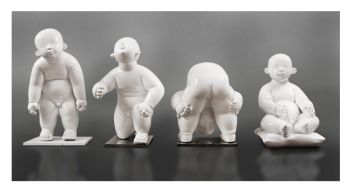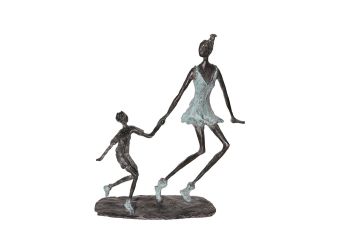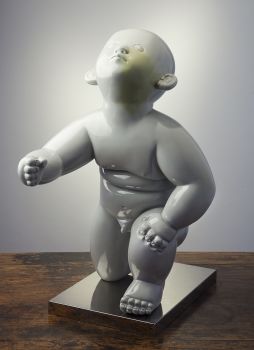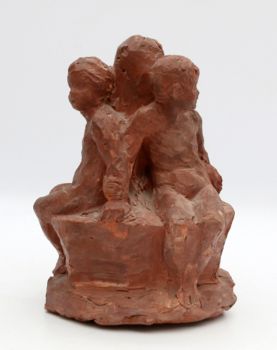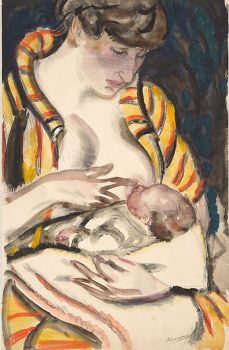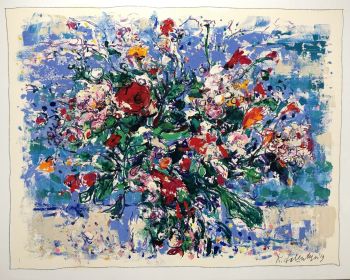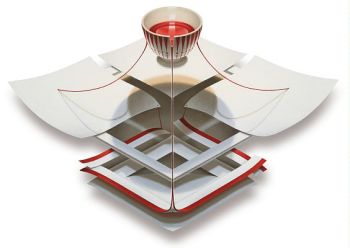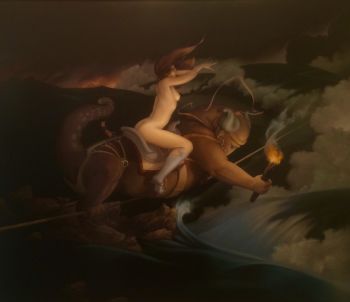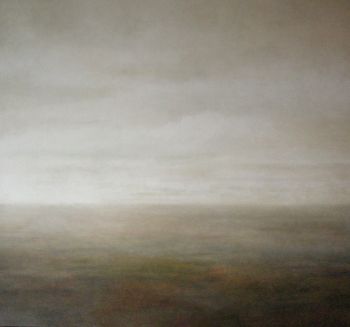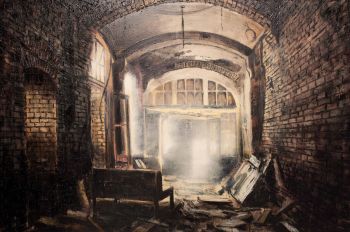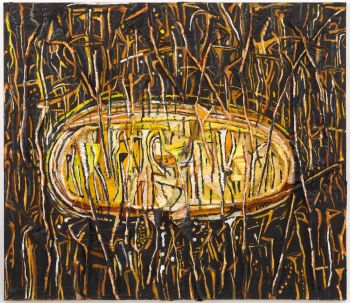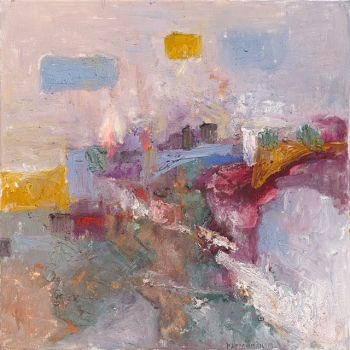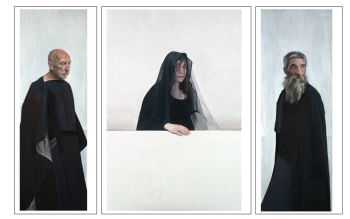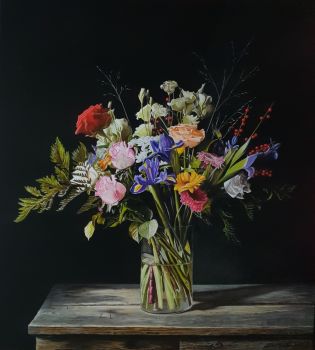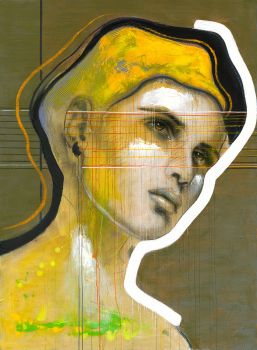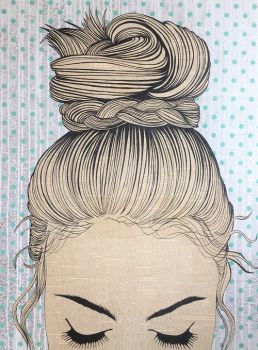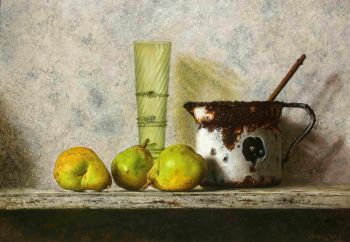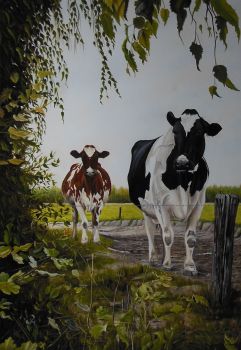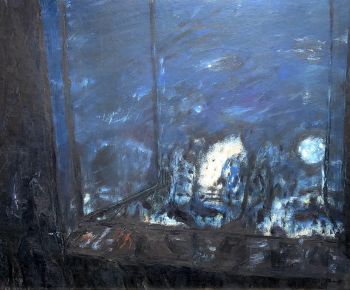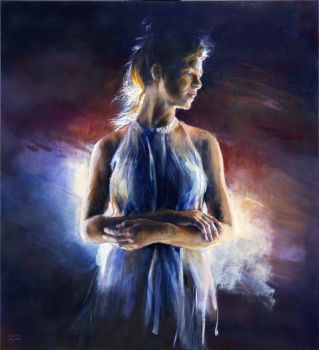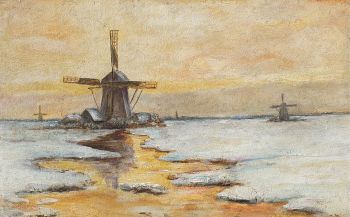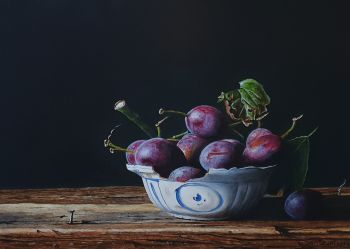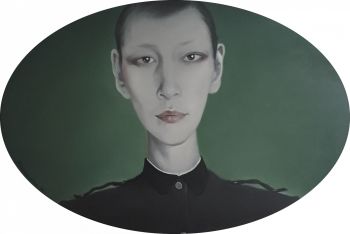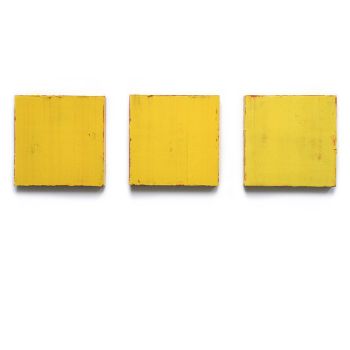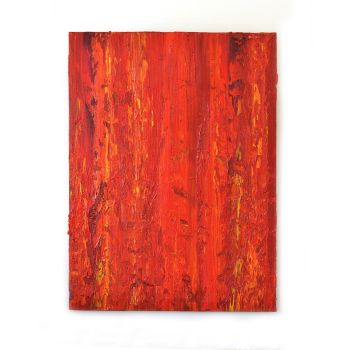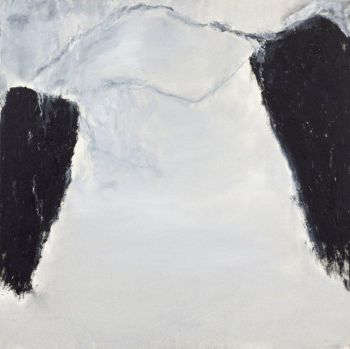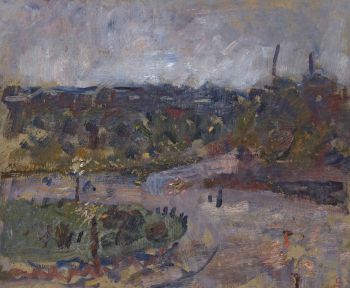Moeder en kind 1860
Hendrik J. Haverman
OlieverfVerf
55 ⨯ 40 cm
ConditionExcellent
Momenteel niet beschikbaar via Gallerease
- Over kunstwerkHendrik Jan Haverman (1857-1928) belonged to the group of Dutch artists known as the' Tachtigers', meaning the 'Eighties', because these artists started their careers around the eighties of the nineteenth century. They were also called the 'Impressionists of Amsterdam'. Together with his collegues Jan Toorop, George Breitner and Isaac Israels Hendrik Haverman was one of the leading figures of this movement.
Oil on canvas, signed. Label at the backside ‘Stedelijk Museum Amsterdam’.
The painting was bought in 1907 by the Vereeniging tot het vormen van een Openbare Verzameling van Hedendaagsche Kunst te Amsterdam’ (Association to form a Public Collection of Contemporary Art in Amsterdam) from the auction of the Fine Arts Academy Fund, created in memory of (professor) August Allebé.
As the Association did not have a storage space (but a good relation with the Stedelijk Museum), the work has been stored in the museum depot for many years. But at a certain time the Association decided to dispose the work again, which resulted in selling this painting at the auctionhouse of Frederik Muller in April 1956. - Over kunstenaar
Hendrik Johannes Haverman (Amsterdam, 23 oktober 1857 - Den Haag, 11 augustus 1928) was een Nederlandse kunstenaar; vooral bekend om zijn portrettekeningen.
Hij studeerde aan de Rijksakademie van beeldende kunsten in Amsterdam en de kunstacademies in Antwerpen en Brussel.
Bij wie hij studeerde waren onder meer August Allebé en Hendrik Valkenburg (1826-1896). Op zijn beurt gaf hij privéles aan Edmée Broers (1876-1955), Meta Cohen Gosschalk, Maria Adeline Alice Schweistal (1864-1950) en Pauline Suij; in een tijd dat vrouwen niet werden toegelaten tot de Rijksakademie.
In 1892 ontving hij een koninklijke subsidie om zijn werk te ondersteunen. In de editie van 1901 van Camera Obscura, door Nicolaas Beets, staat een portret van de auteur door Haverman.
Daarnaast was hij kunstcriticus en schreef hij talloze artikelen voor De Gids, het oudste Nederlandse literaire tijdschrift.
In 1918 was er een grote overzichtstentoonstelling van zijn werk in de Pulchri Studio in Den Haag. De eerste tentoonstelling van zijn werk na zijn dood vond plaats in 2008 bij Pygmalion Beeldende Kunst in Maarssen.
Artwork details
Related artworks
Hendrik J. Haverman
Jonge vrouw in Italiaanse kledij1877 - 1928
Prijs op aanvraagKunsthandel Pygmalion
1 - 4 / 6Jan Voerman sr
Stilleven met bloemen in een Chinees beeldje1850 - 1900
Prijs op aanvraagKunsthandel Pygmalion
Isaac Israels
"Een essayeuse bij het modehuis Hirsch"1865 - 1934
Prijs op aanvraagStudio 2000 Art Gallery
Carel Nicolaas Storm van 's Gravesande
Gezicht op Venetië1841 - 1924
Prijs op aanvraagKunsthandel Pygmalion
1 - 4 / 24Johannes Evert Akkeringa
Antieke gouden slang of serpent broche met grote diamant1861 - 1942
Prijs op aanvraagStudio 2000 Art Gallery
Bernardus Johannes Blommers
De maaltijd voorbereiden1870 - 1914
Prijs op aanvraagStudio 2000 Art Gallery
1 - 4 / 24Jan Sluijters
interieur met twee dames en een meisje1900 - 1950
Prijs op aanvraagStudio 2000 Art Gallery
Jan Sluijters
Greet met Jantje, Moeder met kind, naakt staand op een stoel1900 - 1940
Prijs op aanvraagStudio 2000 Art Gallery
Jan Sluijters
Moeder met twee kinderen in badkamer1900 - 1950
Prijs op aanvraagStudio 2000 Art Gallery
 Gecureerd door
Gecureerd doorGallerease Magazine
Bernardus Johannes Blommers
De maaltijd voorbereiden1870 - 1914
Prijs op aanvraagStudio 2000 Art Gallery
1 - 4 / 24Chaya Kupperman
Bronwater II, no. 6, het buitenatelier Italia2019
Prijs op aanvraagGalerie Het Noorderlicht
Rene Rietmeyer
"Portrait of Little Sara" 20182018
Prijs op aanvraagEuropean Cultural Centre Collection
1 - 4 / 24



